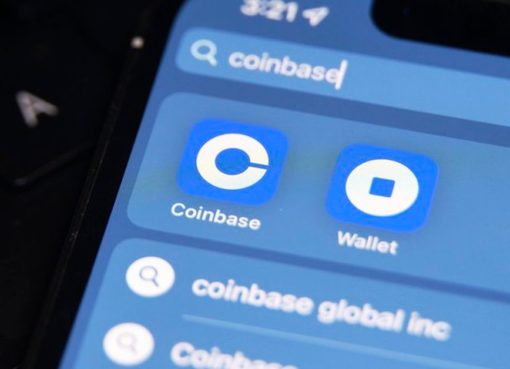One of the main problems with blockchain projects is they’re created independently and therefore aren’t able to interact with one another. For example, without protocols like Icon, it would be impossible to send tokens or share smart contract data between blockchains such as Solana and EOS.
Icon price
Newly issued ICX is first held by the Icon treasury before being distributed to community members based on their contribution to the project’s development.
How does Icon work?
The Icon network builds multiple components into its governance structure in order to maintain transparency and longevity, starting with Pubic Representatives (P-Reps) who are responsible for block production on the network. P-Reps receive votes from ICX holders which determine their rank.
P-Reps are elected by ICONists, who are incentivized to vote for P-Reps based on who contributes most to the network and whose policies they support. Policies are created or amended by the Network Proposal System (NPS), which P-Reps use to attempt to appeal to ICONists and attract votes.
P-Reps can also vote on or sponsor the proposals of their fellows using the Contribution Proposal System (CPS), which they can do to acquire additional rewards. They must however offer collateral equivalent to 10% of a proposal’s budget should it be unsuccessful.
Key events and management
The Icon blockchain project was founded in August 2017 by Mun Kim, former chief strategy officer for Korean fintech holding company DAYLI Financial Group. The Icon protocol is governed by the Icon Republic, with notable representatives from the Seoul government, Samsung and LINE. The Icon Republic has since added Shinhan Bank and Saramin to its list of partners.
There followed rumours in early 2019 that Iconloop, the startup behind the project, was gearing up for an initial public offering (IPO) on the Korean technology-focused stock exchange KOSDAQ. However, Iconloop CEO Jonghyup Kim denied these rumours.



